Program Notes
Media Room
March 17, 2021
Laurence Lemieux Artist Statement
2020-21 Season
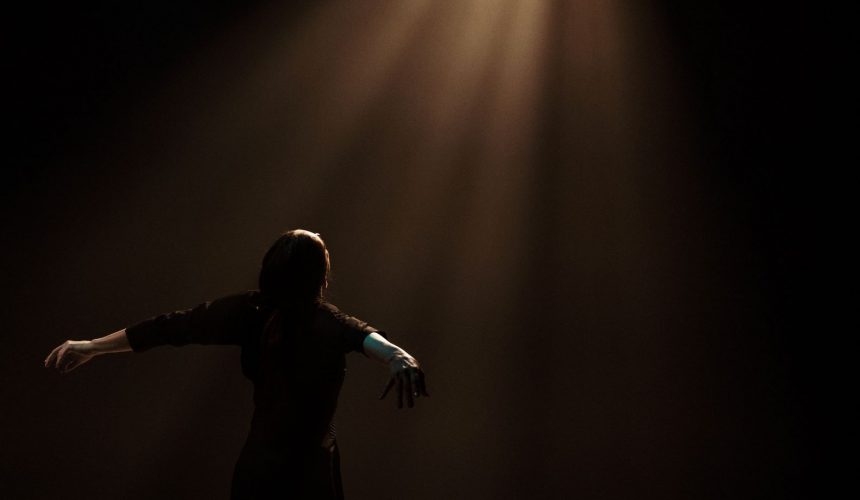
The Toronto Mendelssohn Choir’s next online concert, to stream on Remembrance Day, will reflect on and honour the experience of Indigenous Veterans. The TMC, under conductor Simon Rivard, is joined by composer and guest curator Andrew Balfour, and Elder Dr. Duke Redbird for a program that brings together choral music, poetry and dance. The centre piece of the program is Andrew Balfour’s Notinikew. Movements of the work will be sung by Andrew’s Winnipeg-based Camerata Nova and by the Toronto Mendelssohn Choir.
May 28, 2020
Program for Great Poets in Music online
2019-20 Season
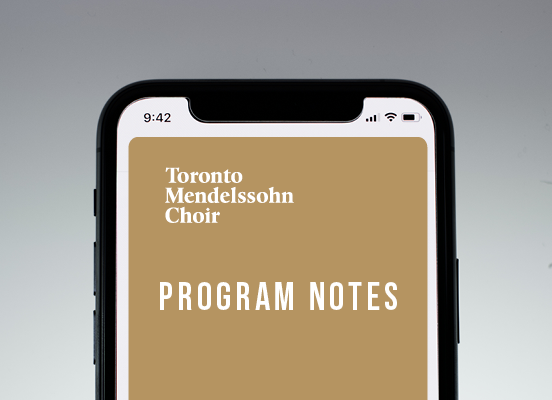
Great Poets in Music online program presented on May 30, 2020. Stratford actors Tom McCamus and Lucy Peacock join TMC Interim Conductor David Fallis to read poetry and listen to choral settings of some of the works. Here is a full list of the texts read and the music listened to.
October 7, 2019
Program Notes: Singing Through Centuries
2019-20 Season
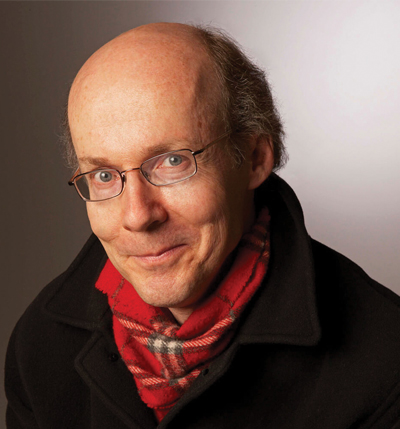
When Augustus Stephen Vogt founded the Toronto Mendelssohn Choir in 1894, it was perhaps no surprise that the new choral ensemble should be named after one of the most beloved romantic composers at the time, Felix Mendelssohn. His rich repertoire of choral music was sung widely, and was especially favoured in the English-speaking world. And it is perhaps no surprise that we should start this afternoon’s 125th-anniversary concert with two beautiful works by our namesake: they both display his unerring ability to create sweet, lush harmonies for unaccompanied voices.
April 4, 2019
Sacred Music for a Sacred Space 2019 Program Notes
2018-19 Season

Welcome to Sacred Music for a Sacred Space. All of the works on tonight’s program come from the 20th century, the first half from France and Switzerland, the second half from eastern Europe and Russia, with the exception of Healey Willan’s masterpiece which concludes the evening.In earlier periods of European musical history, sacred music was often written by composers who essentially earned their living from the church, and one cannot really know how much the composer was writing from a position of deeply held faith, or writing what was required, often brilliantly, much as an opera composer has to be able to create music which is suitable to many situations or characters. As the influence of the church as employer diminished in the late Baroque and Classical periods, less sacred music was written, and the 19th century sees much more emphasis on symphony, opera and chamber music than on sacred music. There are not many Romantic composers whose chief claim to renown is their sacred music, and it is not by chance that the greatest works of 19th century sacred music are Requiems (Verdi, Berlioz, Brahms), in which one muses on death, a human condition not restricted to people of faith.So by the 20th century it is a decided choice for a composer to write sacred music, and many of the composers represented tonight write from a position of faith, if not always entirely orthodox.
February 11, 2019
Program Notes: Handel and Haydn, February 2019
2018-19 Season

Haydn’s Missa in tempore belli (Mass in time of war) is so called because it was written in 1796-97 as Napoleon’s forces were advancing towards Vienna. In German-speaking countries it is often referred to as the Paukenmesse (Timpani Mass): the timpani does play a significant part in the mass, especially in the Agnus Dei where Haydn uses a brilliant drum solo to heighten the intensity of the movement’s prayer for mercy and peace.
The mass has many extraordinary touches. The overall feel is optimistic and confident, appropriate to the basic key of C major, but the beautiful cello and bass singer duet at the Qui tollis in the “Gloria”, the deeply moving Et incarnatus est in the “Credo” and the gorgeous harmonic colouring at so many moments mark this mass as the work of a great composer working at the height of his powers.
January 9, 2018
Composer’s Commentary on Seven Last Words from the Cross
2017-18 Season
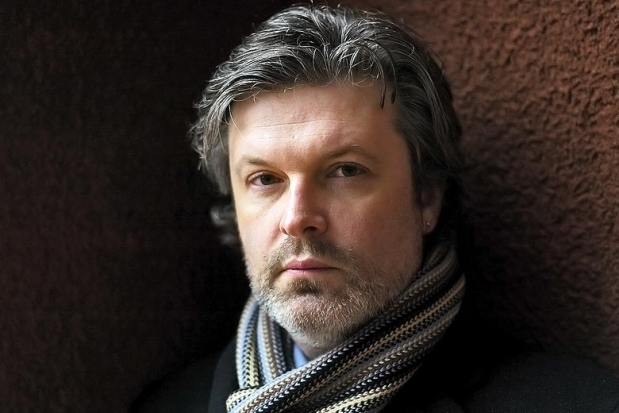
James MacMillan’s Seven Last Words from the Cross was commissioned by BBC Television and first screened in seven nightly episodes during Holy Week 1994, performed by Cappella Nova and the BT Scottish Ensemble under Alan Tavener.
The traditional text of the Seven Last Words from the Cross is based on a compilation from all four gospels to form a sequential presentation of the last seven sentences uttered by Christ. Composer James MacMillan comments on all seven movements.
December 4, 2017
On the history of Christmas carols and brass bands
2017-18 Season
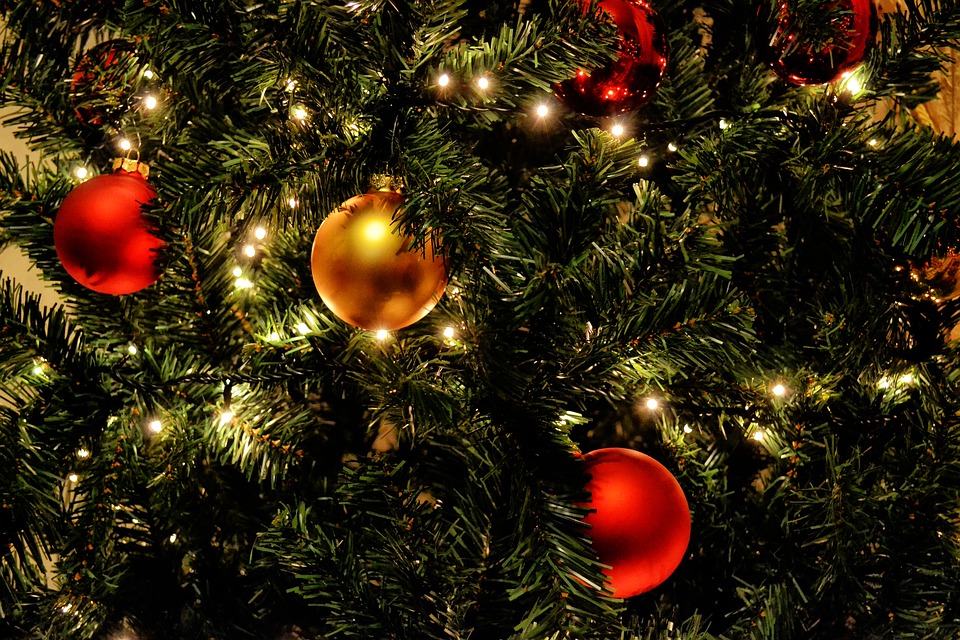
“The typical carol gives voice to the common emotions of healthy people in language that can be understood, and music that can be shared by all.” Percy Dearmer (1867-1936)
The singing of Christmas songs and carols with music for brass instruments goes hand-in-hand – like mistletoe and eggnog, or turkey and cranberry sauce. Christmas carols date back to pagan times, originally used to mark the end of one season and the start of the next. As Christianity grew, carols gradually developed a link to the birth of Jesus, but the association to paganism remained in the shadows and the singing of carols was prohibited at times. In the 19th century, the Victorians reinvented Christmas as a sentimental festival of good cheer with families and friends and the carol enjoyed a renaissance. Many new carols and songs, in a pseudo-traditional style were written, and there was a conscious shift from the nativity story to a focus on the more secular, festive pleasures of Christmas like the winter solstice, eating, drinking and Santa Claus. By the end of the 19th century, small English parish churches began the Christmas Eve practice of lessons, prayers and a short sermon mingled with a variety of carols. It was later expanded to a festival of nine lessons and carols, made popular around the world in the 20th century by King’s College, Cambridge in England.

